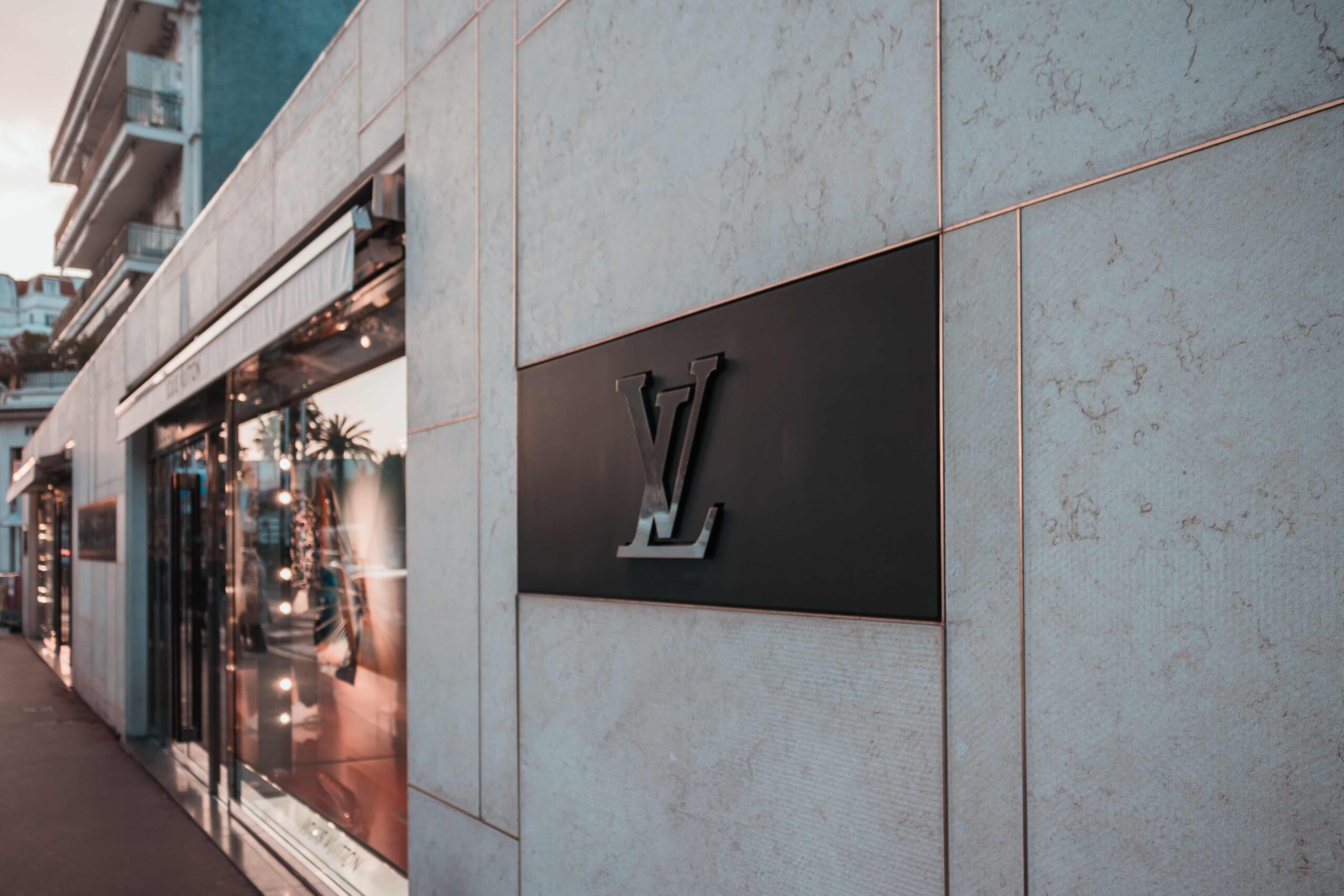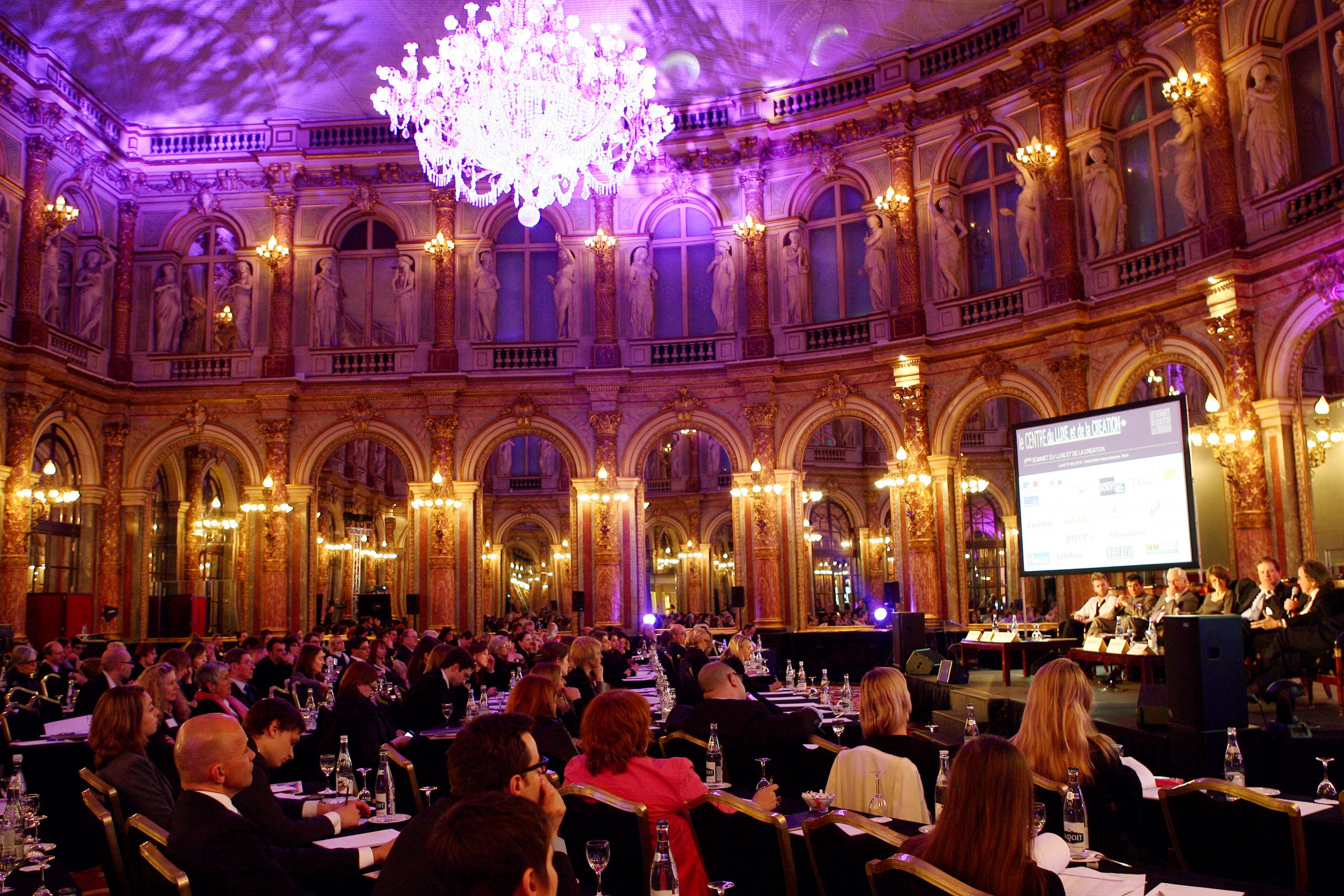[vc_row njt-role=”people-in-the-roles” njt-role-user-roles=”administrator,editor,author,armember”][vc_column][vc_column_text]
According to a study by Communications Specialist Ltd, luxury retail executives are forecasting annual market growth of +5.6% over the next four years. Senior executives are confident that revenues and margins will increase for their companies and for the market as a whole.
The increase in the number of high net worth individuals (HNWIs) – with disposable assets of at least $1 million – and the affluent middle classes around the world remains the main driver of the rapid expansion of the luxury retail market.
This is the finding of a new global study by specialist telecommunications agency Communications Specialist Ltd.
The survey of senior executives from luxury retail companies with total annual sales of 3.1 billion dollars in Asia, Africa, Europe, the United States and South America showed their optimism. They are expecting annual growth of more than 5.6% for the luxury goods retail sector over the next three years.
Increased confidence in the sector’s performance
The senior executives surveyed emphasised the importance of the increase in the number of high net worth individuals and very wealthy people around the world in explaining this increase in sales.
This trend was confirmed last September in a study by Credit Suisse, which noted a “virtual explosion of wealth” following successive confinements during which the very wealthy had benefited from soaring property prices and booming stock markets.
As a result, in 2022, the investment bank counted 218,200 Ultra Net Worth Individuals (UNWIs) in the world, i.e. people with more than 50 million dollars in marketable assets – compared with 46,000 a year earlier, in 2021.
The number of millionaires in US dollars increased by 5.2 million during 2021 to reach a total of 62.5 million, slightly less than the 67 million inhabitants of the United Kingdom. More than a third of the world’s millionaires – 24.5 million and 39% of the global total – live in the United States.
Home to 10% of the world’s millionaires, China is in second place, ahead of Japan (5.4%), the UK (4.6%) and France (4.5%).

Around 80% of senior executives said that sales had been boosted by the increase in global wealth, while more than half (53%) pointed to the improved performance of luxury retailers and pent-up demand following the COVID-19 pandemic.
Nearly a third of those surveyed (31%) said that the increase in sales was due to more personalized offers from luxury goods retailers to their customers. This personalisation concerns the customer relationship, the product and even the sales area.
With the aspirational middle-class customer facing increasing trade-offs in an inflationary economic climate, many luxury brands are offering sales areas dedicated exclusively to this very wealthy clientele. Witness the recent opening of a Gucci Salon in Los Angeles and the reopening of Tiffany & Co’s Landmark, a 10-storey flagship store in the heart of New York, when they are not coming directly to them via ephemeral shops in their favourite holiday resorts such as Saint-Tropez, Capri or Bodrum.
Airports are also catching up with this exceptional clientele, as evidenced by the forthcoming opening of a new terminal in Miami.
All these factors are translating into higher sales.
Rising sales and margins
According to its survey, Communications Specialist Ltd found that almost all (96%) of those questioned believe that their company’s revenues will be higher this year than in 2022. More than a fifth (22%) even expect revenues to increase by 50% in 2023.
The same is true when revenues are compared to 2019 pre-COVID results: 96% say that revenues will be higher in 2023, while only 4% predict that sales will still be below pre-COVID levels.
Executives are slightly less optimistic about the market as a whole – 92% say it will perform better in 2023 than in 2022. But 98% still believe that revenues this year will exceed pre-COVID levels.
Respondents also believe that the increase in revenues is not due to promotional activities. Some 94% of respondents say that margins will be higher this year than in 2022, while 90% say that margins will be higher than pre-COVID levels. Up to 40% say that margins will be significantly higher than pre-CVID levels.

According to Kevin Buchler, Chief Marketing Officer of Communications Specialist Ltd: “The luxury retail sector is firmly on the growth path, with the market set to grow by 5.6% per annum over the next four years.”
Brazil and India : future breeding grounds for millionaires
While the number of millionaires continues to rise, some regions of the world are experiencing particularly rapid growth, according to the Crédit Suisse study. These include Brazil and India, but also Hong Kong, China, Taiwan and Mexico.
Brazil is expected to have almost 25 million additional millionaires by 2026, rising from 266,000 in 2021 to 572,000, a growth rate of 115%.
India, the destination chosen by Dior for its autumn-winter 2023 show, is in second place, rising from 796,000 to 1,632,000 by 2026. The country is also producing more and more top tech talent, and has a record number of billionaire nationals in the Forbes ranking (169 compared to 166 in 2022).

In comparison, China’s growth is less dynamic, with Credit Suisse anticipating a 97% increase in the number of millionaires between 2021 and 2026, to reach 12 million.
The Credit Suisse press release states that while low- and middle-income countries currently account for 24% of the world’s wealth, this share is set to rise to 42% over the next five years.
Africa is expected to triple its number of millionaires, from 352,000 today to 961,000 by 2026, representing growth of 173% over the period.
In Latin America, the number of millionaires is expected to double to 1.8 million.
Mature markets such as Europe and North America, meanwhile, are likely to see a more modest increase in their millionaire populations, with growth of ‘only’ 37% and 16% respectively over the next five years.
The fact remains, however, that banking on the wealthy alone, by opening sales outlets separate from its traditional networks or by increasing its prices like Chanel, is much riskier than it used to be. The Veblen effect, theorised by the economist of the same name, according to which the demand for a good increases at the same time as its price, is not necessarily a miracle recipe for luxury in the Middle Kingdom.
Indeed, recent years have shown the disproportionate dependence of luxury brands on the Chinese market, while the share of their aspirational or middle-class clientele (excluding UHNWI and HNWI) has also never stopped rising.
Milton Pedraza, founder and CEO of consultancy firm The Luxury Institute, told Business Insider that the ultra-rich now account for 40% of the sales of the major luxury brands, while the very rich account for the same proportion of aspirational customers (around 30%).
And if luxury has enjoyed unparalleled growth over the last thirty years, it’s because it has been able to open up to a much wider cross-section of the population than the ultra-rich by offering more accessible products, whether in perfumes and cosmetics, accessories or, more recently, exhibitions and NFT collections.
Read also > Chanel, Armani, Ralph Lauren: luxury goods sales slow in the United States
Featured photo : © Press[/vc_column_text][/vc_column][/vc_row][vc_row njt-role=”not-logged-in”][vc_column][vc_column_text]
According to a study by Communications Specialist Ltd, luxury retail executives are forecasting annual market growth of +5.6% over the next four years. Senior executives are confident that revenues and margins will increase for their companies and for the market as a whole.
The increase in the number of high net worth individuals (HNWIs) – with disposable assets of at least $1 million – and the affluent middle classes around the world remains the main driver of the rapid expansion of the luxury retail market.
This is the finding of a new global study by specialist telecommunications agency Communications Specialist Ltd.
The survey of senior executives from luxury retail companies with total annual sales of 3.1 billion dollars in Asia, Africa, Europe, the United States and South America showed their optimism. They are expecting annual growth of more than 5.6% for the luxury goods retail sector over the next three years.
Increased confidence in the sector’s performance
The senior executives surveyed emphasised the importance of the increase in the number of high net worth individuals and very wealthy people around the world in explaining this increase in sales.
This trend was confirmed last September in a study by Credit Suisse, which noted a “virtual explosion of wealth” following successive confinements during which the very wealthy had benefited from soaring property prices and booming stock markets.
As a result, in 2022, the investment bank counted 218,200 Ultra Net Worth Individuals (UNWIs) in the world, i.e. people with more than 50 million dollars in marketable assets – compared with 46,000 a year earlier, in 2021.
The number of millionaires in US dollars increased by 5.2 million during 2021 to reach a total of 62.5 million, slightly less than the 67 million inhabitants of the United Kingdom. More than a third of the world’s millionaires – 24.5 million and 39% of the global total – live in the United States.
Home to 10% of the world’s millionaires, China is in second place, ahead of Japan (5.4%), the UK (4.6%) and France (4.5%).

[…][/vc_column_text][vc_cta h2=”This article is reserved for subscribers.” h2_font_container=”tag:h2|font_size:16|text_align:left” h2_use_theme_fonts=”yes” h4=”Subscribe now !” h4_font_container=”tag:h2|font_size:32|text_align:left|line_height:bas” h4_use_theme_fonts=”yes” txt_align=”center” color=”black” add_button=”right” btn_title=”I SUBSCRIBE !” btn_color=”danger” btn_size=”lg” btn_align=”center” use_custom_fonts_h2=”true” use_custom_fonts_h4=”true” btn_button_block=”true” btn_custom_onclick=”true” btn_link=”url:https%3A%2F%2Fluxus-plus.com%2Fen%2Fsubscriptions-and-newsletter-special-offer-valid-until-september-30-2020-2-2%2F”]Get unlimited access to all articles and live a new reading experience, preview contents, exclusive newsletters…
Already have an account ? Please log in.
[/vc_cta][vc_column_text]Featured photo : © Press[/vc_column_text][/vc_column][/vc_row][vc_row njt-role=”people-in-the-roles” njt-role-user-roles=”subscriber,customer”][vc_column][vc_column_text]
According to a study by Communications Specialist Ltd, luxury retail executives are forecasting annual market growth of +5.6% over the next four years. Senior executives are confident that revenues and margins will increase for their companies and for the market as a whole.
The increase in the number of high net worth individuals (HNWIs) – with disposable assets of at least $1 million – and the affluent middle classes around the world remains the main driver of the rapid expansion of the luxury retail market.
This is the finding of a new global study by specialist telecommunications agency Communications Specialist Ltd.
The survey of senior executives from luxury retail companies with total annual sales of 3.1 billion dollars in Asia, Africa, Europe, the United States and South America showed their optimism. They are expecting annual growth of more than 5.6% for the luxury goods retail sector over the next three years.
Increased confidence in the sector’s performance
The senior executives surveyed emphasised the importance of the increase in the number of high net worth individuals and very wealthy people around the world in explaining this increase in sales.
This trend was confirmed last September in a study by Credit Suisse, which noted a “virtual explosion of wealth” following successive confinements during which the very wealthy had benefited from soaring property prices and booming stock markets.
As a result, in 2022, the investment bank counted 218,200 Ultra Net Worth Individuals (UNWIs) in the world, i.e. people with more than 50 million dollars in marketable assets – compared with 46,000 a year earlier, in 2021.
The number of millionaires in US dollars increased by 5.2 million during 2021 to reach a total of 62.5 million, slightly less than the 67 million inhabitants of the United Kingdom. More than a third of the world’s millionaires – 24.5 million and 39% of the global total – live in the United States.
Home to 10% of the world’s millionaires, China is in second place, ahead of Japan (5.4%), the UK (4.6%) and France (4.5%).

[…][/vc_column_text][vc_cta h2=”This article is reserved for subscribers.” h2_font_container=”tag:h2|font_size:16|text_align:left” h2_use_theme_fonts=”yes” h4=”Subscribe now !” h4_font_container=”tag:h2|font_size:32|text_align:left|line_height:bas” h4_use_theme_fonts=”yes” txt_align=”center” color=”black” add_button=”right” btn_title=”I SUBSCRIBE !” btn_color=”danger” btn_size=”lg” btn_align=”center” use_custom_fonts_h2=”true” use_custom_fonts_h4=”true” btn_button_block=”true” btn_custom_onclick=”true” btn_link=”url:https%3A%2F%2Fluxus-plus.com%2Fen%2Fsubscriptions-and-newsletter-special-offer-valid-until-september-30-2020-2-2%2F”]Get unlimited access to all articles and live a new reading experience, preview contents, exclusive newsletters…
Already have an account ? Please log in.
[/vc_cta][vc_column_text]Featured photo : © Press[/vc_column_text][/vc_column][/vc_row]











